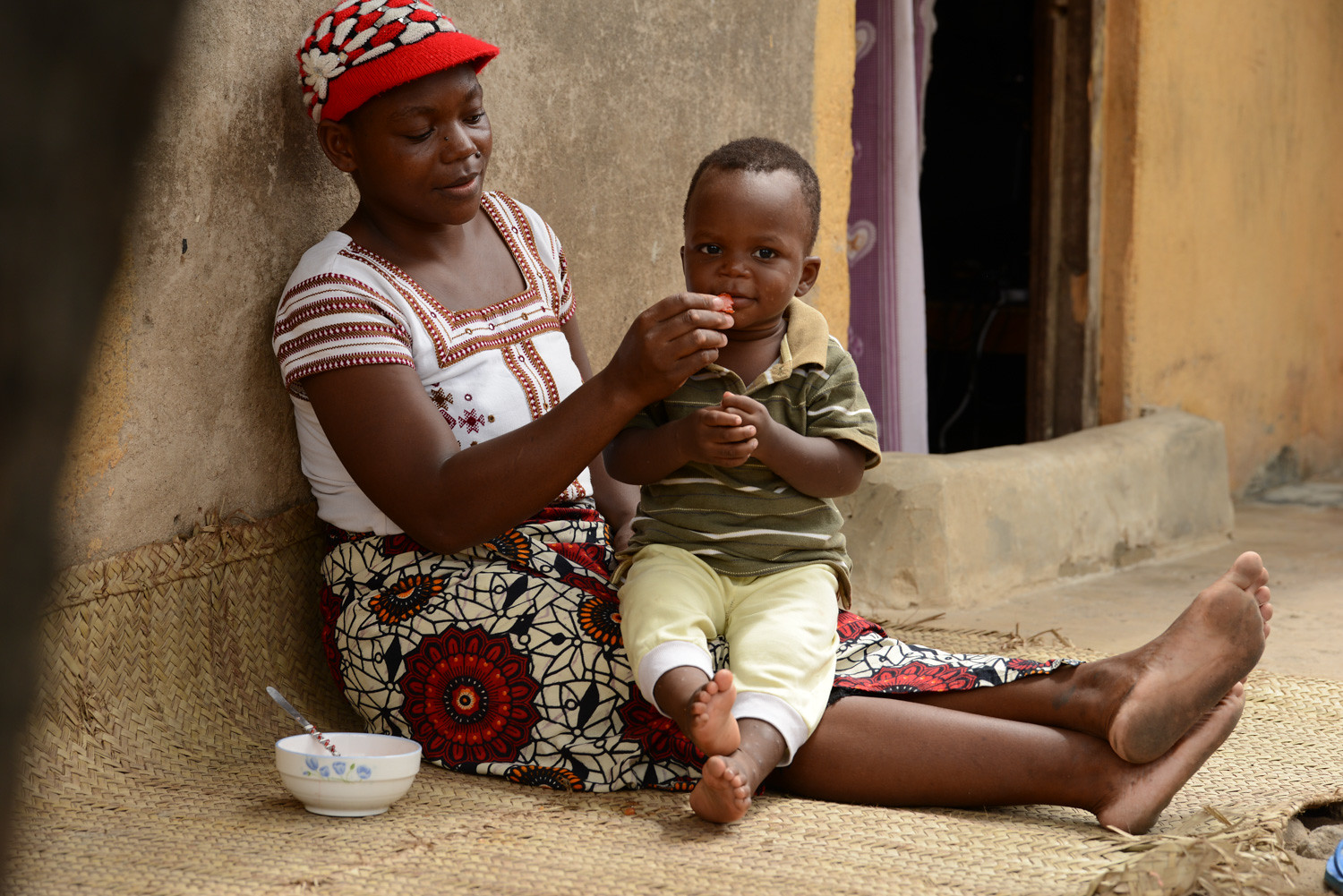
How to use the toolkit
The Campaign in a Box toolkit covers the entire campaign process from planning to monitoring and evaluation. Here's a breakdown of each section:
Provides background information about Infant and Young Child Feeding (IYCF) and Social and Behavior Change Communications (SBCC). This sets the context for the campaign and establishes the importance of the cause.
Objective: Getting ready to conduct the campaign, including conducting a situation and audience analysis.
Activities:
- Setting up your team, budget and timeline
- Conducting a thorough situation analysis to understand the current state of affairs.
- Analysing the target audience, their needs, preferences, and behaviours.
- Setting clear campaign objectives and goals.
Objective: Working with a creative agency to create key campaign messages and develop a communication and campaign strategy.
Activities:
- Collaborating with a creative agency to design key messages.
- Developing a comprehensive communication and campaign strategy.
- Crafting messages that resonate with the target audience.
Objective: Launching the campaign and accessing ready-made campaign materials.
Activities:
- Executing the campaign across selected channels (online, offline, social media, etc.).
- Utilizing the ready-made campaign materials developed during the planning and development stages.
- Engaging with the audience and promoting the campaign.
Objective: Studying the campaign's performance.
Activities:
- Developing your M&E planDeveloping key performance indicators (KPIs) and other metrics to measure success.
INSERT ICONS THAT MATCHES EACH BULLET POINT
This well-organized structure allows for a systematic approach to campaign development, ensuring that each stage is carefully planned, executed, and evaluated. The color-coded sections make it easy for users to navigate and understand where they are in the campaign development process.
There resources, tools, and case studies in each section of your Campaign in a Box toolkit to give valuable support and guidance for users.
- Resources:
Informational materials, documents, or references that provide additional context, knowledge, or guidance related to the specific section. - Tools:
Practical instruments or applications that assist users in implementing the tasks outlined in the section. - Case Studies:
Real-world examples of successful campaigns, showcasing best practices, challenges faced, and lessons learned.